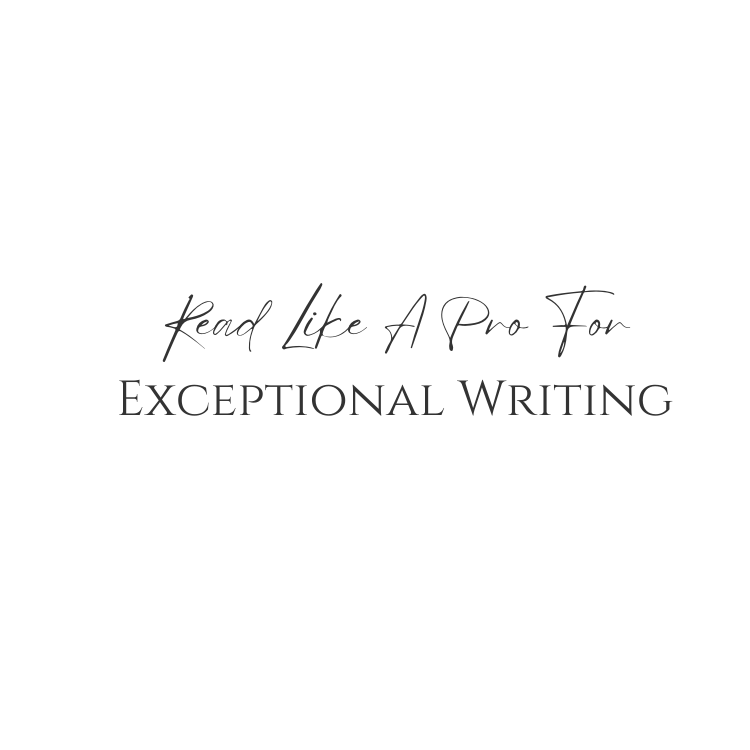Are you struggling to create content that truly resonates with your audience? Do you find yourself writing vague, redundant, or extraneous information? If so, you’re not alone. Many writers face these challenges, but there are ways to overcome them and improve your work.

In this article, we’ll explore four techniques to help you gain perspective on your writing and cure weak content.
By taking a step back and approaching your writing from a fresh perspective, you can identify areas for improvement and create content that engages and captivates your readers. Whether you’re a seasoned writer or just starting out, these techniques can help you hone your skills and take your writing to the next level.
So, let’s dive in and discover how you can get perspective on your writing and cure weak content.
Key Takeaways
- Techniques for gaining perspective on writing include reflective writing, constructive criticism, and revamping writing by eliminating redundancy, vagueness, and extraneous information.
- Overcoming doubt and gaining new insights can be achieved by letting writing rest for a few days or weeks and getting into the mindset of a reader.
- The ultimate goal of writing is creating something that resonates with the audience and leaves a lasting impact.
- Improving writing skills is achievable with a little effort and willingness to try new things, regardless of whether one is seasoned or just starting out.
Writing Challenges
You’ve probably experienced the frustration of hitting a wall when it comes to writing, but don’t worry, it happens to everyone – even those who wrote a ‘brilliant’ novel at 15 and later realized it was just okay.

Overcoming doubt is an essential step in getting perspective on your writing. Doubt can make you question your abilities, and it can be challenging to find inspiration when you’re feeling stuck.
One way to overcome doubt is to take a step back from your work. Letting your writing rest for a few days or weeks can help you gain new insights and allow you to see your mistakes more clearly.
When you’re feeling stuck, try getting into the mindset of a reader and watching out for vagueness, extraneous information, and redundancy. Remember that finding it hard to get perspective on your writing is common, and with a little effort, you can overcome it.
Gaining Perspective in Writing
By taking a step back and giving your writing some breathing room, it allows for a fresh perspective to emerge and potential mistakes to become more apparent.

Reflective writing, including a blog is a great way to do this, as it allows you to look at your work from a different angle and identify areas that need improvement. It can also help to shift your mindset from that of a writer to that of a reader, allowing you to catch vague or redundant passages that may have slipped through the cracks.
A mindset shift is also important when seeking feedback from others. Instead of becoming defensive or emotionally attached to your work, try to approach it with a curious and open mind.
Constructive criticism can be invaluable in improving your writing, but only if you are willing to listen and make changes. Remember, the ultimate goal is not to prove yourself as a writer, but to create something that resonates with your audience and leaves a lasting impact.
Improving Your Work: Cure Weak Content
Revamping your piece requires a keen eye for redundancy, vagueness, and extraneous information. To improve your work, try proofreading techniques such as reading backwards and on paper. This can help catch mistakes that may have been overlooked when reading normally.
Additionally, writing exercises and a mindset shift can also provide fresh perspectives on your work. One writing exercise to try is to switch the point of view or tense of your piece. This can help you see it from a different angle and identify areas that need improvement.
Another exercise is to write a summary of your piece in one sentence. This can help you identify the main point and ensure that everything in your piece supports it.
With a little effort and a willingness to try new things, you can improve your work and create content that engages and inspires your audience.




